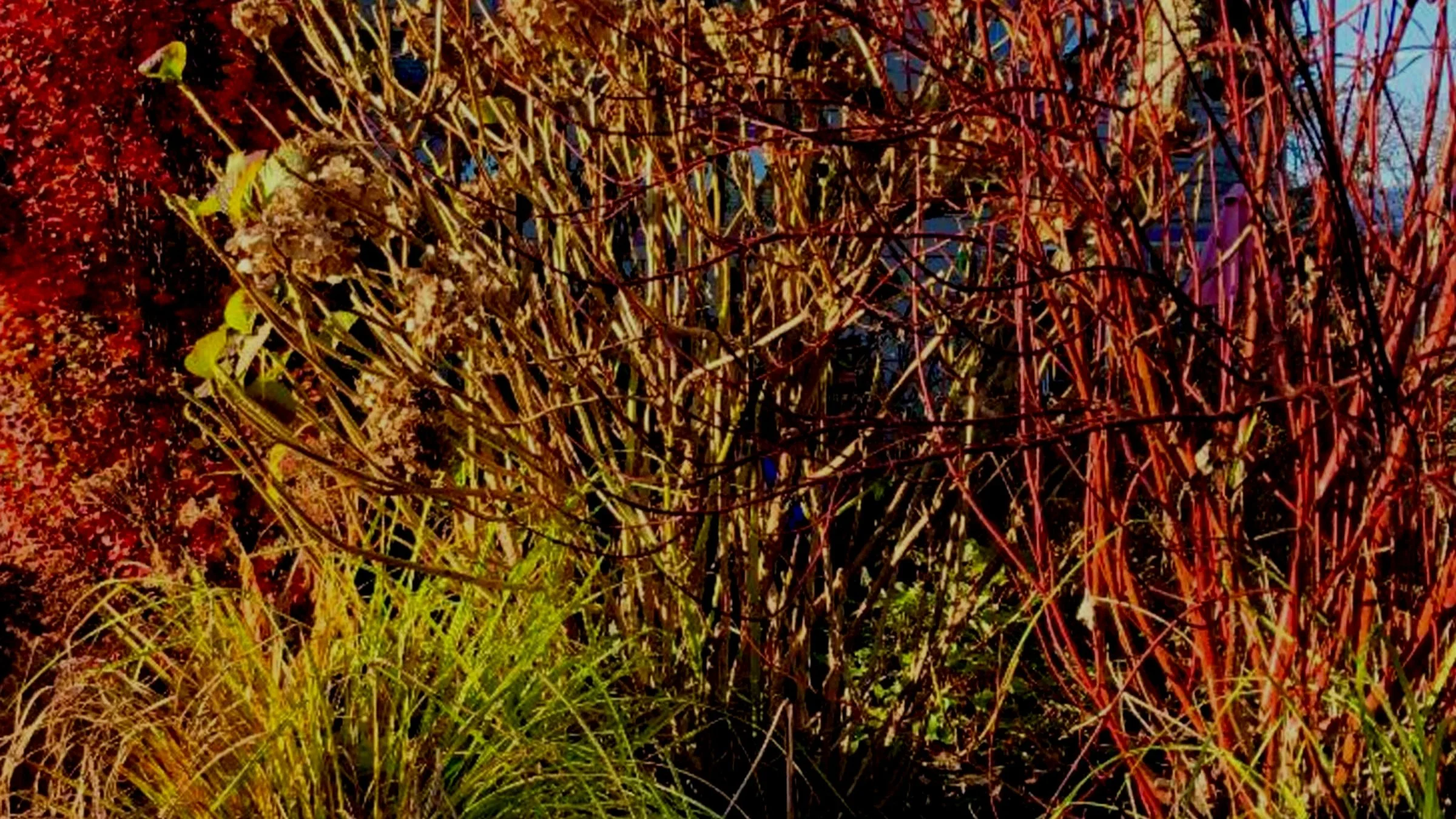Recently I had one of my readers reach out to me and inquire about how all the weather extremes of 2021 might impact our gardening experiences in 2022. It is a good question that is worth exploring, especially since I suspect this won’t be the last time we see such extremes in temperature, rainfall, and snow. Here are some of my thoughts…
Last year broke records in the heat department for the entire northwest. I found it especially challenging considering that I was trying to establish a new garden and all of my young plants were still just getting their feet on the ground (well, roots would be more accurate). I was watering like a fool for about two weeks and for the most part I was successful in saving the landscape. My water bill took a pretty big hit but, in the grand scheme of things, it was cheaper than replanting half of the garden. I also managed to prevent any sunburn on the plants by making sure none of them were moisture-stressed. If this kind of event happens this year, my best advice would be to make sure you have plenty of moisture around your plants, no matter how many years they have been in the ground. This can be best accomplished with soaker hoses and generous applications of mulch (which can be compost, bark or most any kind of organic matter). As for plants that got burned last summer, if you didn’t remove any damaged foliage last year then you can prune back and clean them up in March of this year. They should be good as new, sort of.
After the big heat wave in the summer, we had to suffer through 3 months and 18 inches of incessant rainfall in the fall, again setting more records. Excessive rain in and of itself isn’t necessarily a problem, but it does create some consequences, depending on the type of soil. Because our predominant soils (classified as “glacial till”) are dense and poorly drained, they tend to become saturated, driving out necessary oxygen from the soil pore spaces, thus resulting in roots suffocating and dying. It takes plants some time to regenerate root systems, so this kind of damage can be long lasting and lead to overall decline and loss of vigor. Heavy rains can also compact the soil, further driving out oxygen and washing out nutrients, which leads to increased acidification. The solution to all of these challenges is to maintain a generous layer of mulch on the surface, which can act as a sponge and soften the impact of the rain drops, absorb moisture before it saturates the lower soil profiles, and help maintain the biological activity of the soil, which is so critical in plant health and happiness. If you didn’t add any new compost to your beds this last fall, make sure to do it this spring. Also, adding lime will help offset the acidification and spreading a generous application of organic fertilize will replace any leached-out minerals that plants need to grow. Once all this snow is gone and the weather warms up a bit, I suggest you get with the program and weed, feed, and mulch. You and your plants will be glad you did!
Finally, just as the year was wrapping up, that old Polar Vortex decided to drop on down into the Puget Sound region and give us some of the coldest temperatures in over a decade. Again, in my new garden I am now seeing freeze damage on young yet-to-be-established plants that only time will tell if I need to replace them or just prune them back. I have burned camellias, gardenias, pepper bush, and soft caress mahonia to name just a few. Most of my perennials seem to be fine, with the possible exception of some guara that is looking a little iffy. It is best not to rush into pruning or replacing frozen plants until they have had a chance to push out some new growth. You should know by late February or mid-March or possibly not until April (for hardy fuchsias) whether or not they are going to survive. It goes without saying that plants can withstand foliar damage as long as their roots don’t freeze, and of course to solution to protecting roots is, yes, drum roll please, more compost on the soil surface.
By now you have probably figured out that my mantra of making yearly applications of compost to our gardens is the easiest way to keep them healthy and protected from weather extremes. Whether you make your own, buy it one bag at a time, or have truck loads of bulk material dumped in your driveway, just do it. It is your best defense against extreme weather. As always, stay safe and keep on gardening!



